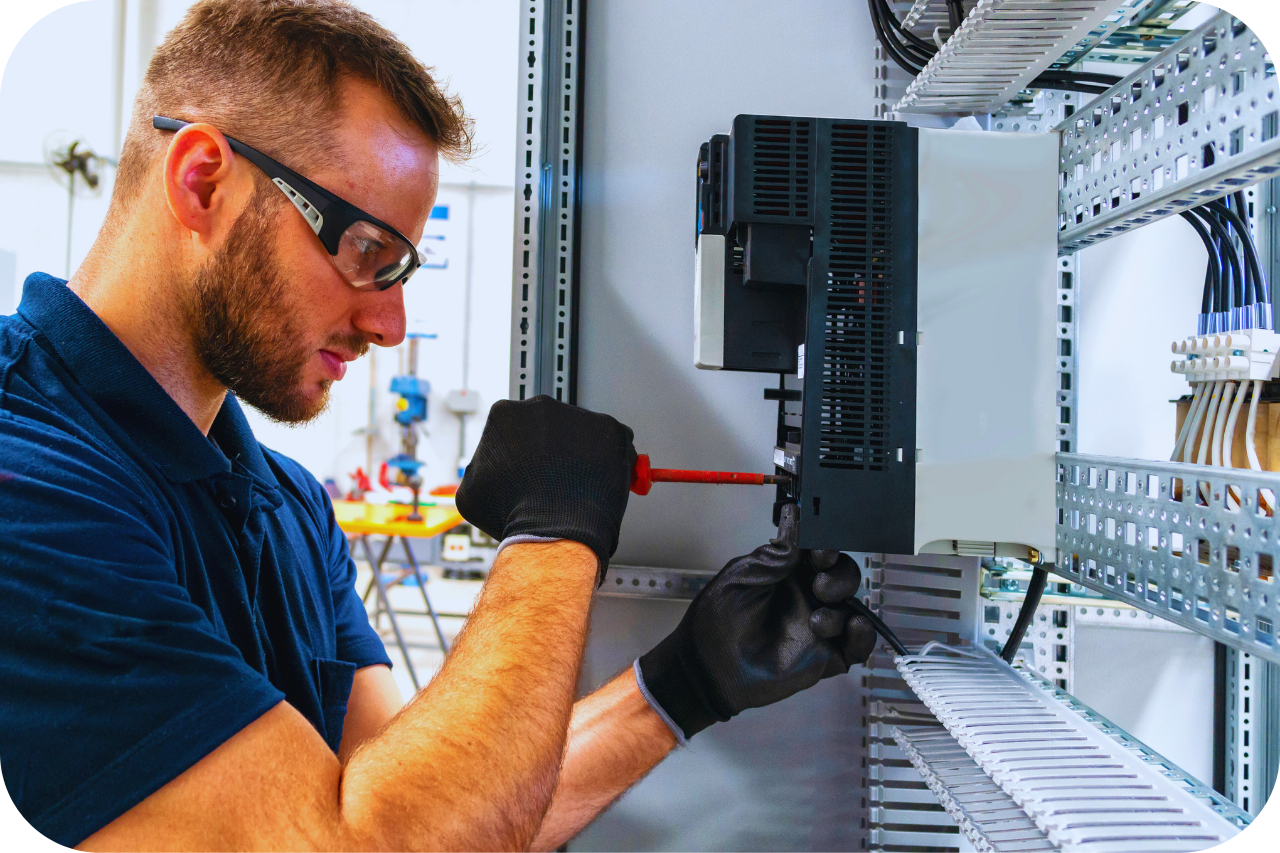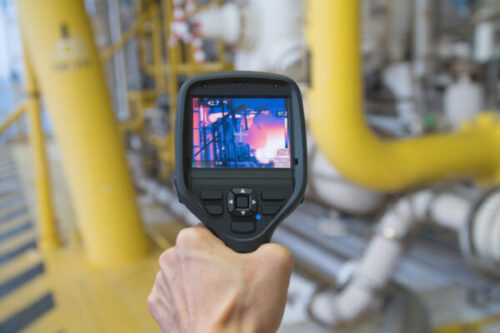7 Easy Facts About Roar Solutions Described
Table of ContentsThe Definitive Guide for Roar SolutionsGetting The Roar Solutions To WorkLittle Known Facts About Roar Solutions.
In such an environment a fire or surge is possible when 3 basic conditions are met. This is typically referred to as the "harmful location" or "combustion" triangular. In order to safeguard installations from a prospective explosion a method of analysing and identifying a possibly harmful area is required. The purpose of this is to make certain the right option and installation of equipment to inevitably protect against a surge and to guarantee security of life.

No equipment should be mounted where the surface area temperature level of the tools is higher than the ignition temperature of the given hazard. Below are some common dust dangerous and their minimum ignition temperature level. Coal Dirt 380C 225C Polythene 420C (thaws) Methyl Cellulose 420C 320C Starch 460C 435C Flour 490C 340C Sugar 490C 460C Grain Dirt 510C 300C Phenolic Resin 530C > 450C Aluminium 590C > 450C PVC 700C > 450C Residue 810C 570C The probability of the hazard being existing in a focus high sufficient to create an ignition will certainly differ from place to area.
In order to classify this danger an installation is divided right into locations of threat depending upon the amount of time the dangerous is existing. These areas are referred to as Zones. For gases and vapours and dirts and fibers there are 3 zones. Zone 0 Zone 20 An unsafe ambience is extremely most likely to be existing and may exist for lengthy periods of time (> 1000 hours each year) or perhaps constantly Zone 1 Area 21 A harmful atmosphere is feasible but unlikely to be present for extended periods of time (> 10 450 C [842 F] A classification of T6 suggests the minimum ignition temperature is > 85 C [185 F] Hazardous area electric equipment perhaps developed for use in greater ambient temperatures. This would indicated on the ranking plate e.g. EExe II C T3 Ta + 60C( This means at 60C ambient T3 will certainly not be surpassed) T1 T1, T2, T3, T4, T5, T6 T2 T2, T3, T4, T5, T6 T3 T3, T4, T5, T6 T4 T4, T5, T6 T5 T5, T6 T6 T6 A T Course score of T1 suggests the maximum surface temperature level produced by the instrument at 40 C is 450 C. Assuming the associated T Course and Temperature score for the tools are proper for the location, you can constantly utilize a tool with a more rigid Division score than needed for the area. There isn't a clear response to this inquiry. It actually does depend on the sort of devices and what repair services require to be lugged out. Equipment with specific examination treatments that can't be carried out in the area in order to achieve/maintain 3rd party score. Must return to the manufacturing facility if it is before the tools's solution. Area Fixing By Authorised Employee: Challenging screening might not be required however details procedures may require to be followed in order for the devices to preserve its 3rd event rating. Authorized employees have to be utilized to do the work appropriately Repair should be a like for like substitute. New component must be considered as a direct substitute calling for no special screening of the devices after the repair work is total. Each tool with a hazardous rating need to be assessed separately. These are laid out at a high degree below, however, for even more in-depth information, please refer straight to the guidelines.
8 Easy Facts About Roar Solutions Explained
The equipment register is an extensive data source of devices documents that consists of a minimum set of areas to identify each product's location, technical specifications, Ex lover category, age, and environmental data. The proportion of In-depth to look at this now Close assessments will certainly be figured out by the Devices Risk, which is evaluated based on ignition risk (the likelihood of a resource of ignition versus the likelihood of a combustible environment )and the dangerous area category
( Zone 0Area 1, or 2). Applying a robust Risk-Based Examination( RBI )approach is critical for making sure conformity and security in taking care of Electrical Tools in Hazardous Areas( EEHA).
Top Guidelines Of Roar Solutions

In regards to eruptive risk, an unsafe location is an environment in which an eruptive environment is existing (or may be anticipated to be existing) in quantities that require unique safety measures for the building and construction, setup and use tools. electrical refresher course. In this short article we discover the obstacles faced in the workplace, the danger control steps, and the needed competencies to function safely
These compounds can, in specific conditions, form explosive atmospheres and these can have significant and terrible effects. Most of us are familiar with the fire triangular eliminate any one of the three elements and the fire can not occur, however what does this mean in the context of hazardous areas?
In many instances, we can do little about the degrees of oxygen in the air, however we can have considerable impact on sources of ignition, for instance electrical devices. Unsafe areas are documented on the harmful area category illustration and are determined on-site by the triangular "EX-SPOUSE" sign. Here, among other vital details, areas are divided right into three types depending on the threat, the probability and period that an explosive atmosphere will exist; Area 0 or 20 is deemed one of the most dangerous and Zone 2 or 22 is deemed the least.
Comments on “Roar Solutions for Beginners”